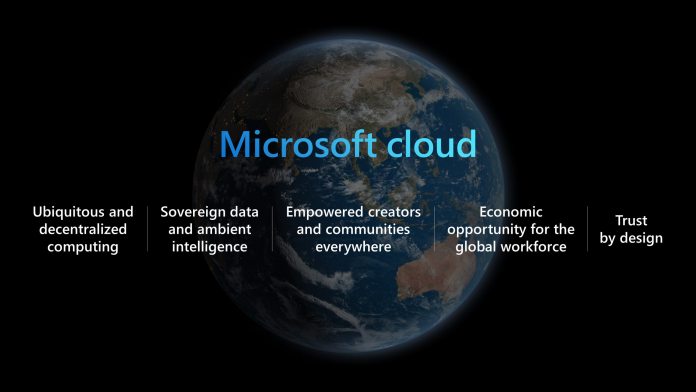If you’re unfamiliar with Microsoft Cloud PC, it is a service that will leverage Azure cloud to bring a virtualized version of Windows 10 to customers. It runs on Windows Virtual Desktop and is powered by Microsoft Azure. Sure, Windows Virtual Desktop already lets users tap into Windows on the cloud. However, it is not a true virtualized version of Windows 10. Cloud PC will provide a cloud-based version of Windows that users can tap into from Microsoft servers. It will be linked to Microsoft’s cloud-based Microsoft 365 service. The new report points out Microsoft’s annual Inspire partner conference is likely to be the launch platform for Cloud PC. That event is all-virtual this year and will be held during July. While Microsoft has yet to officially confirm Cloud PC, the company has discussed the platform in a recent job posting: “(The Cloud PC service) allows all users to be productive from anywhere, on any device with a cloud-powered, secure, and always up to date Windows experience. It also seamlessly allows endpoint managers to instantly provision cloud hosted PCs and manage physical and virtual devices through a unified portal and a fixed and predictable price.”
Pricing Leak
A leak last year showed how much Microsoft will charge for Cloud PC, which will be part of Azure subscriptions. Microsoft will offer Medium, Heavy, and Advanced payment tiers for the service. With Medium, customers get two virtual CPUs, 4GB of RAM, and 96GB of SSD storage. Microsoft will bill this tier as “general-purpose optimized for cost and flexibility”. As for the Heavy plan, it also allows a pair CPUs, 8GB of RAM, and 96GB of SSD storage for “advanced compute needs optimized for performance and speed“. Finally, the Advanced plan ups the virtual CPUs to three, keeps 8GB of RAM, but cuts storage to 40GB. Microsoft says it is for “accelerated graphics optimized for scalability and data processing”. Tip of the day: Fast startup (a.k.a hiberboot, hybrid boot, hybrid shutdown) is a power setting that adjusts the OS’ behavior when it starts up and shuts down. Though it is unlikely fast startup will seriously harm your computer, there are a few reasons you might want to disable it following our tutorial.




